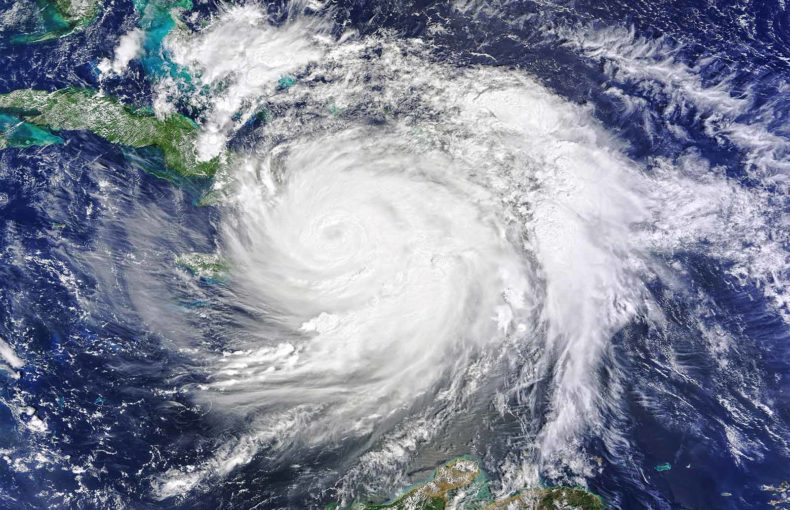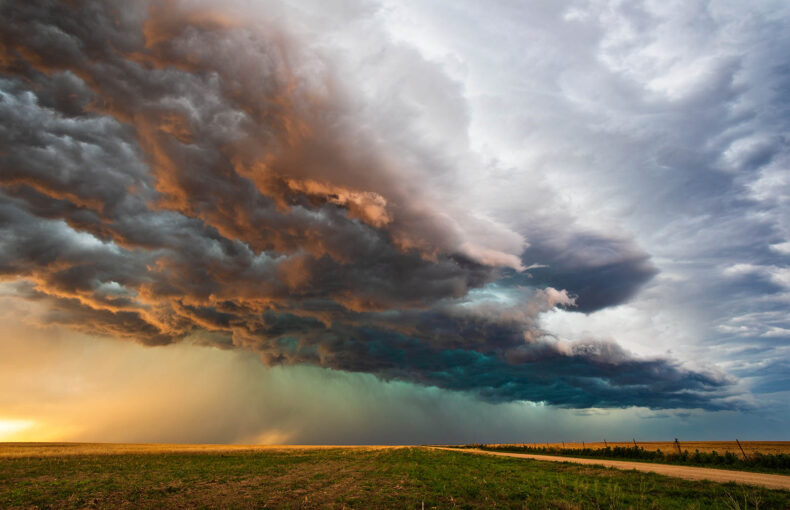A leap year for weather forecasts
Assimilating radio occultation data helps improve forecasting without the risks and costs of development.
Three evaluations agree that Spire Global’s radio occultation data can help boost the performance of weather forecasts. Better yet, using data to improve predictions can help save organizations from high development costs and risks—a rare opportunity in the competitive field of meteorology.
The most recent evaluation, conducted by Spire, found that the increase in forecast performance realized by assimilating radio occultation data was equivalent to the forecast improvements achieved by a leading weather organization over nearly two years.
“I was very pleased to see this magnitude of improvement, which was in good agreement with other studies when extrapolated to the larger number of Spire radio occultation profiles we have assimilated,” said Dusanka Zupanski, senior director of data assimilation at Spire Weather.
Spire’s analysis examined two sets of forecasts taken over 16 days in November 2020. One group included the 8,000 to 10,000 radio occultation profiles that Spire’s nanosatellites capture every day. The other did not. The radio occultation-enhanced forecasts predicted the weather about 1.7% better than the control group. This gain was measured in the anomaly correlation coefficient for a seven-day forecast at a geopotential height of 5.5 kilometers above sea level, a standard value in the industry for studying forecast quality.
To put the results into context, the European Centre for Medium-Range Weather Forecasts improved its numerical weather prediction accuracy by about 4% between 2016 and 2020, or a percent per year. At this rate, weather organizations can enjoy the equivalent of a 1.7-year leap in forecasting accuracy in the time it takes to assimilate Spire’s data. Time travel has never been so easy.
Spire currently collects about 10,000 radio occultation measurements globally a day. It aims to collect 100,000.
Share on Facebook Share on Twitter Share on LinkedIn
Leading weather organizations conducted the other two evaluations of Spire’s data and came to similar conclusions about its beneficial impact on forecasting.
The United Kingdom Met Office evaluated Spire’s data through a series of experiments from September 8 to December 8, 2019, studying a range of weather variables and forecast lengths of up to six days. Its results were resoundingly positive. “There is a substantial forecast benefit from assimilating Spire data,” the report found. “These benefits are seen for almost all forecast variables and lead times.”
The U.K.’s national weather service summarized its results using another industry assessment measurement—the root mean square error. And it found that in addition to improving forecast performance, radio occultation measurements can also help anchor the overall data assimilation system. The report noted that because the observations have such a low level of bias, they keep the bias correction applied to other measurements from drifting too far.
The European Centre for Medium-Range Weather Forecasts’ evaluation of Spire’s radio occultation data came about more suddenly.
The intergovernmental weather organization lost its supply of weather data collected by airplanes when COVID-related travel bans grounded global travel overnight. To help fill the gap, Spire offered the ECMWF its observations in early April 2020. It started using the data operationally within six weeks.
By the end of the year, the ECMWF found that radio occultation was one of the top five error reducers in forecasts for the five months it assimilated Spire’s data, wrote Sean Healy, a senior scientist at the organization. He examined how different observations contributed to reducing 24-hour forecast errors during all of 2020, using a third evaluation metric, forecast sensitivity to observation impact.
“The introduction of COSMIC-2 and Spire during the lockdown has been a significant achievement for 2020,” Healy wrote. COSMIC-2 is another source of radio occultation data.
“We’ll take care of the radio occultation data.”
Share on Facebook Share on Twitter Share on LinkedIn
Three validations measured in three metrics by three sources make for a convincing case about the value of assimilating Spire’s data. As beneficial as the data is now, its impact will only grow as Spire launches more nanosatellites to collect more observations. Today, Spire collects about 10,000 radio occultation measurements globally a day. It aims to collect 100,000.
As weather organizations enjoy regular improvements from this growing data set, they can direct their resources to enhance other forecasting components, like model development and computing power, Zupanki explained. Assimilating Spire’s data is a fast track to enjoying the benefits of its satellite constellation, ground station network, software updates, and data security.
“It’s such a complex and competitive world in meteorology. No one can succeed by doing everything by themselves,” she said. “We’ll take care of the radio occultation data.”
Spire is innovating more than weather forecasting. It produces valuable insights about the world with small satellites and data analysis.



